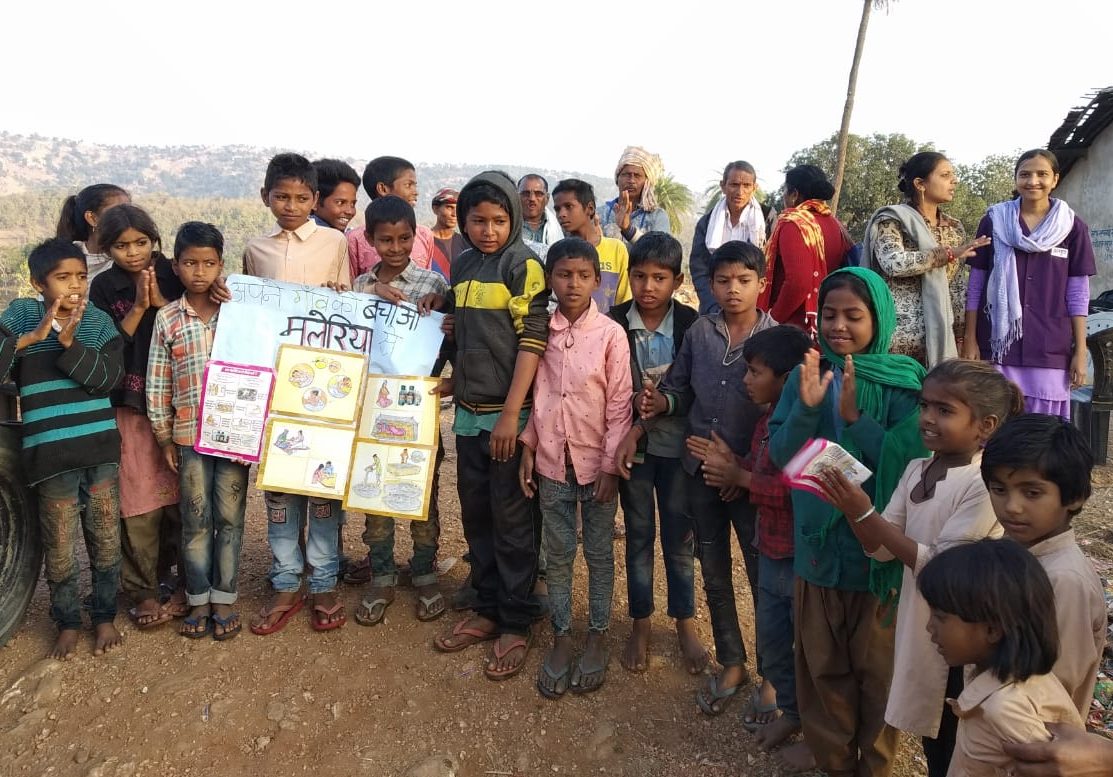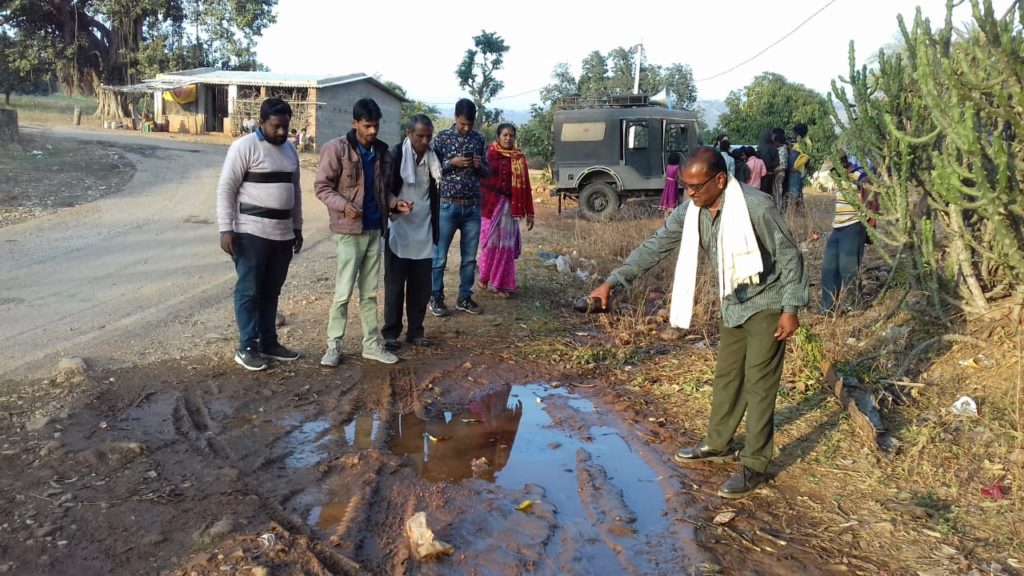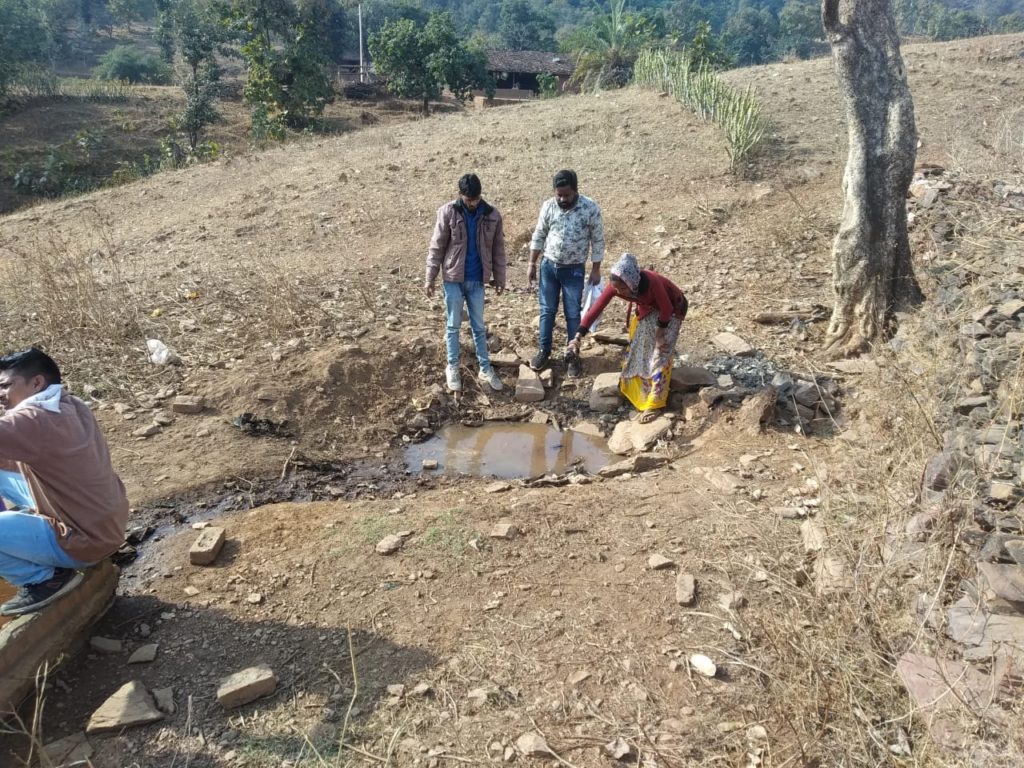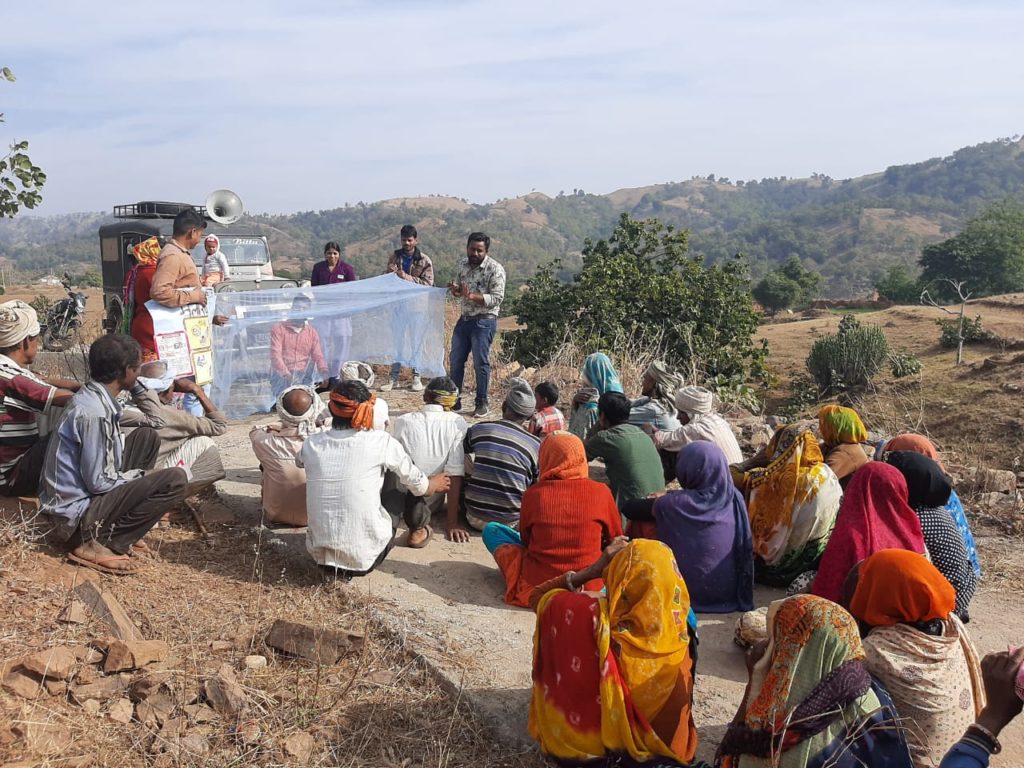A tale of two epidemics
Today is world malaria day, recommitted to eliminating malaria from the world. In last one year, we witnessed and responded to a major outbreak of malaria across two tribal communities. These communities live in the catchment areas of our AMRIT Clinics, that aim to provide high quality and low cost primary healthcare in remote rural areas of South Rajasthan. Within a month, progressively, we were swamped by patients of all age groups, men and women, coming to the clinics with high grade fever, pallor (haemoglobin as low as 2 and 3 grams) and big spleens on palpation. Many pregnant women and many infants came too. We detected and managed 2496 patients of malaria between the months of August and January. Many walked tens of kilometers to reach us. Most of them were malnourished.
Most of them were detected to have “mixed malaria” or a combination of falciparum and vivax malaria on antigen based rapid diagnostic kits. Our Primary Care Nurses managed them appropriately, using standard protocols, with ACT and Primaquin. Our OPDs swelled four times, most of them coming with malaria. Many of them needed to be referred for blood transfusion, some did not comply with referral. We reported to the block and district officials to respond to the situation. We did not hear back. We followed up but we were asked to prove that it is malaria and not anything else. In one case, we were told that the PHC cannot respond because the staff has gone for a non-communicable diseases (NCD) training. We came to know of a pregnant women dying of high grade fever with chills, likely to be malaria.
With no action from the health officials, we decided to start a community based response. We conducted fever surveys in the catchment areas, did intensive health education in the communities and schools, and extended the treatment within the communities With communities, we also filled the ditches etc wherever there was waterlogging, and were breeding sites for mosquitoes.
Click here to watch full video on Active malaria surveillance conducted by AMRIT clinics
Combination of our efforts, and change of season-it got too cold for mosquitoes to breed, led to a progressive decline in incidence. In the meantime, frustrated by the inaction of the government, one of our colleagues reported the epidemic to Prime Minister and Chief Minister Portal. Once the epidemic was subsiding, we found that, as a result of complaint, some people came and sprayed something in some places.
In the times of coronavirus, many people, police, school teachers and Anganwadis are trying to find the virus in these villages. They are advising people to wear masks and stay home. In the meantime, with the rise in temperature, we are again seeing a rise in malaria cases in our areas. The other day, a 12-year old girl with type 1 diabetes presented with falciparum malaria. Many may not be able to reach us due to lockdown and restricted movements.
Sunita, our primary care nurse wonders why no one bothered about people infected and sick with malaria. Why is there still no vaccine for malaria, I wonder? Almost all cases of malaria of the world are reported in Africa and India, World Health Report 2019 says. Mal-Mal, malnutrition and malaria go together, my friend Dr Johnny Oommen says.
A tale of two epidemics, and of two worlds.
– By Pavitra Mohan, co-founder, Basic Health Care Services and director, Health Services, Aajeevika Bureau.




